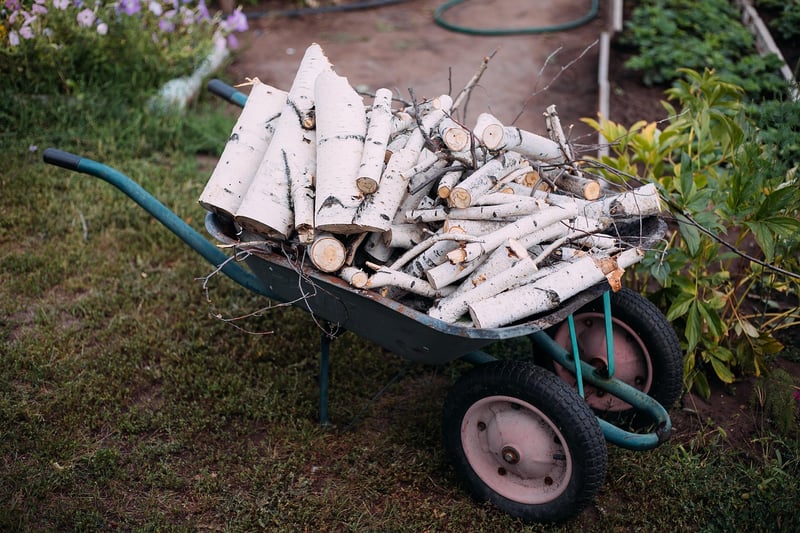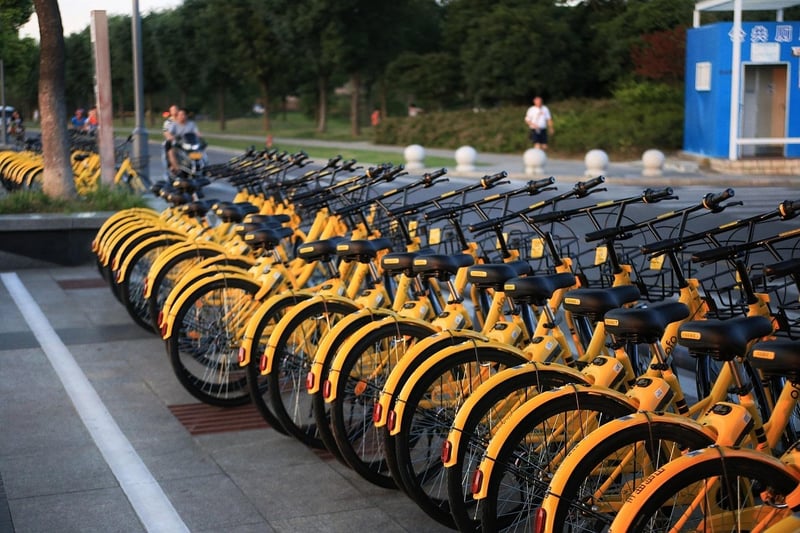Shared Gardens
The Power of Collaborative Urban Greening: Shared Gardens
Urban environments can often be devoid of greenery, leading to a lack of connection with nature for city dwellers. However, the concept of collaborative urban greening, particularly through shared gardens, is gaining momentum as a way to reintroduce green spaces into the urban fabric.
What are Shared Gardens?
Shared gardens are communal spaces where individuals come together to cultivate plants, flowers, fruits, and vegetables. These gardens can take various forms, from rooftop gardens and community plots to vertical gardens on building facades.
The Benefits of Shared Gardens
Shared gardens offer a myriad of benefits to both individuals and communities:
- Provides access to fresh produce in urban areas
- Promotes community bonding and social interaction
- Enhances urban biodiversity and supports pollinators
- Improves air quality and reduces urban heat island effect
- Creates opportunities for education and skill-sharing
How to Get Involved
If you're interested in participating in a shared garden initiative, here are some steps you can take:
- Research existing shared garden projects in your city
- Connect with local community groups or urban greening organizations
- Volunteer your time to help maintain and develop shared garden spaces
- Start your own shared garden project in collaboration with neighbors or colleagues
Get Inspired
Check out these inspiring images of shared gardens:


Start your journey towards a greener, more sustainable urban environment by joining or creating a shared garden in your community!
Remember, together we can make our cities healthier, more vibrant, and more connected through collaborative urban greening initiatives like shared gardens.
